Wellness Tech
Tandem Wellness
When engagement in wellness initiatives was low, I built Tandem, a behavior-first challenge platform that logged 8,790 miles and earned 82% satisfaction.

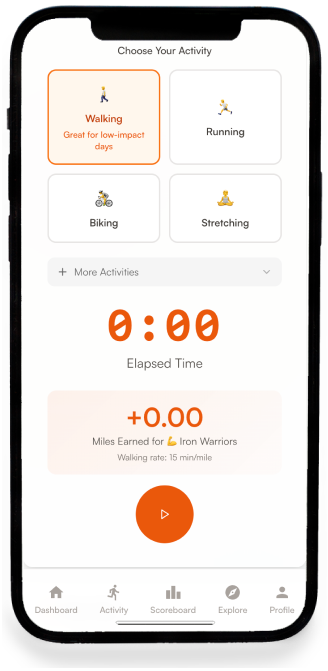
Context
Situation
Employee wellness programs often failed to engage. Most focused on perks instead of behavior, and participation was low. The company needed a low-cost, high-engagement initiative that encouraged daily movement and fostered connection.
Role
Product Designer
platform
Web + Mobile
Timeline
3 months
Tools
Microsoft Teams, Miro, Figma, Replit
Action
From the ground up
I pitched the wellness challenge as both a culture and engagement initiative, securing leadership buy-in. I designed the full structure, embedded participation in Microsoft Teams to reduce friction, and set up lightweight tracking in Google Sheets with photo validation for camaraderie. At launch, I drove adoption with onboarding posts and real-time support, then sustained momentum by monitoring engagement and sharing weekly progress.
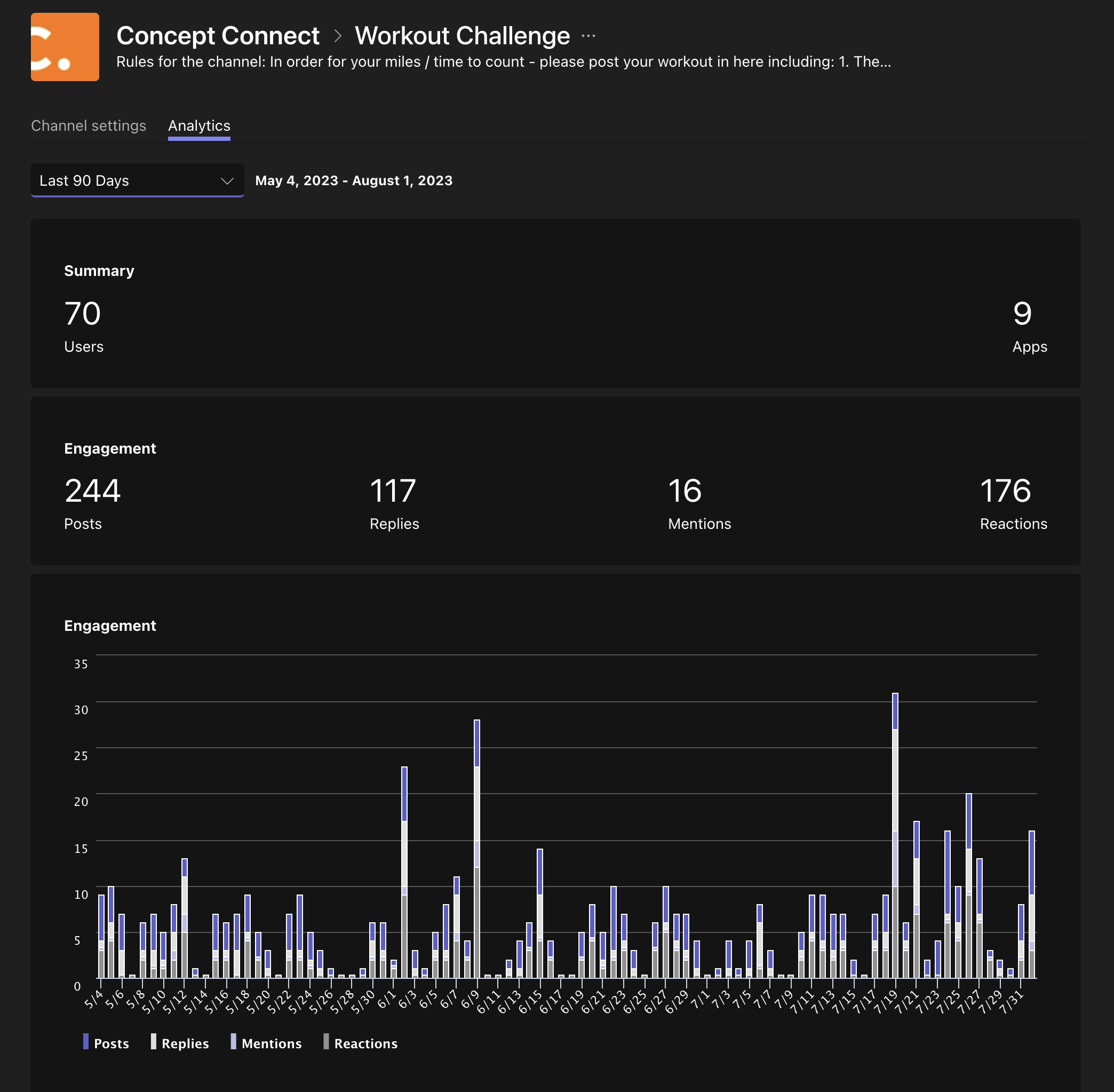
Users preferred tracking progress on mobile but engaged most during work hours on their computers.
Challenge
Driving Engagement Without Budget or Buy-In
I needed to sustain high participation without funding, prizes, or new tools. The program had to run entirely on existing platforms like Microsoft Teams and Google Sheets, and keep employees motivated for several weeks in a fully remote environment while lacking additional stakeholder investment.
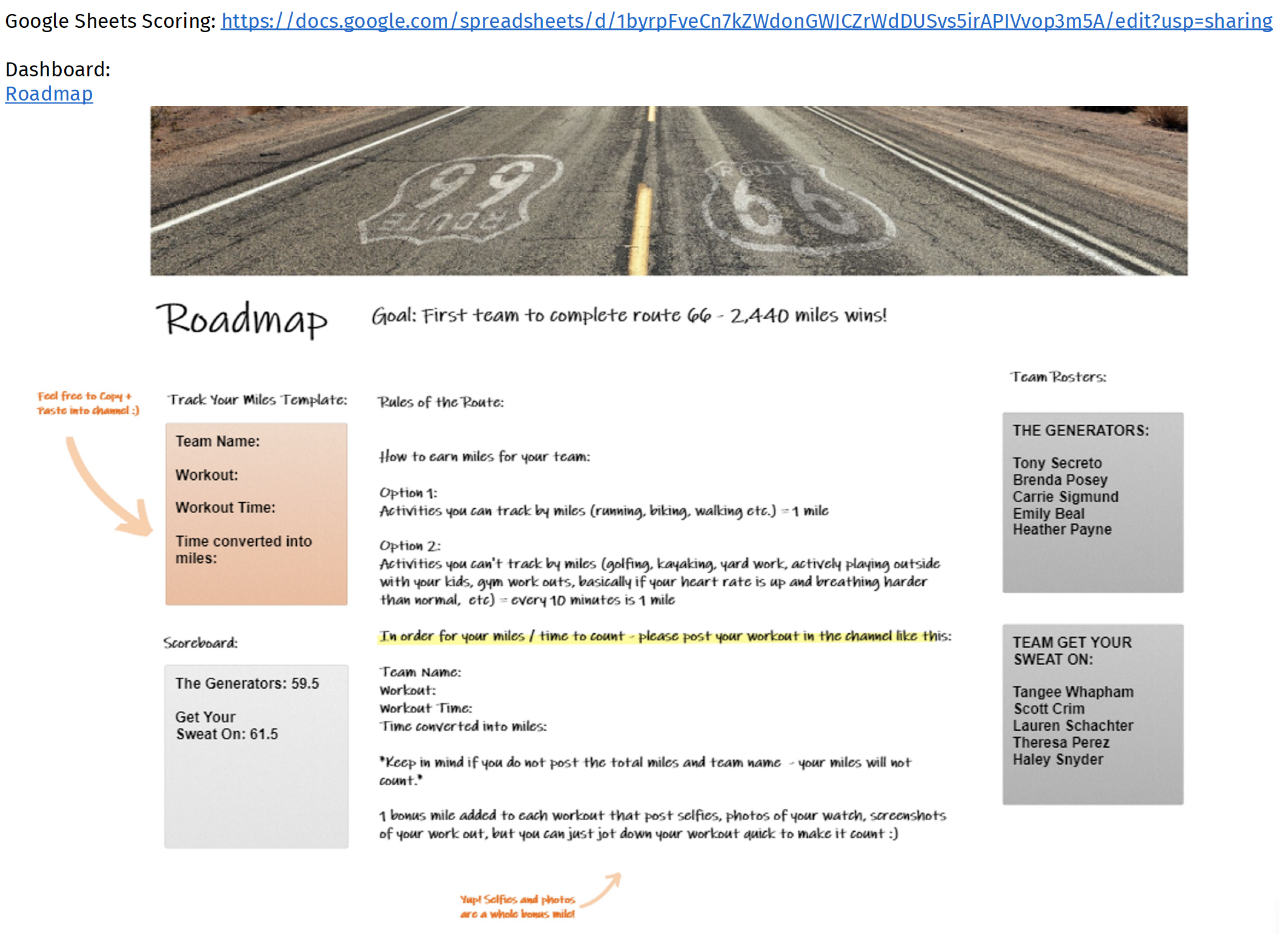

I needed to sustain high participation without funding, prizes, or new tools. The program had to run entirely on existing platforms like Microsoft Teams and Google Sheets, and keep employees motivated for several weeks in a fully remote environment while lacking additional stakeholder investment. This got me thinking, what if I could create an MVP using AI? I designed an MVP and workflows to address this challenge within the $60B corporate wellness market, where most solutions are costly and incentive-driven, leaving space for a behavior-first, AI-powered alternative.
As a product designer, I considered how Tandem could flex to fit within any company’s brand while maintaining a consistent product identity. The platform was designed with a modular design system that allowed customization of colors, typography, and visual accents to align with client brand guidelines without breaking usability or cohesion.
Below, you can see Tandem in orange, which reflected the dominant brand color at Concept LTD. Using the company color not only created familiarity but also pulled the team together around a shared visual identity during the challenge.
Below, you can see Tandem in orange, which reflected the dominant brand color at Concept LTD. Using the company color not only created familiarity but also pulled the team together around a shared visual identity during the challenge.
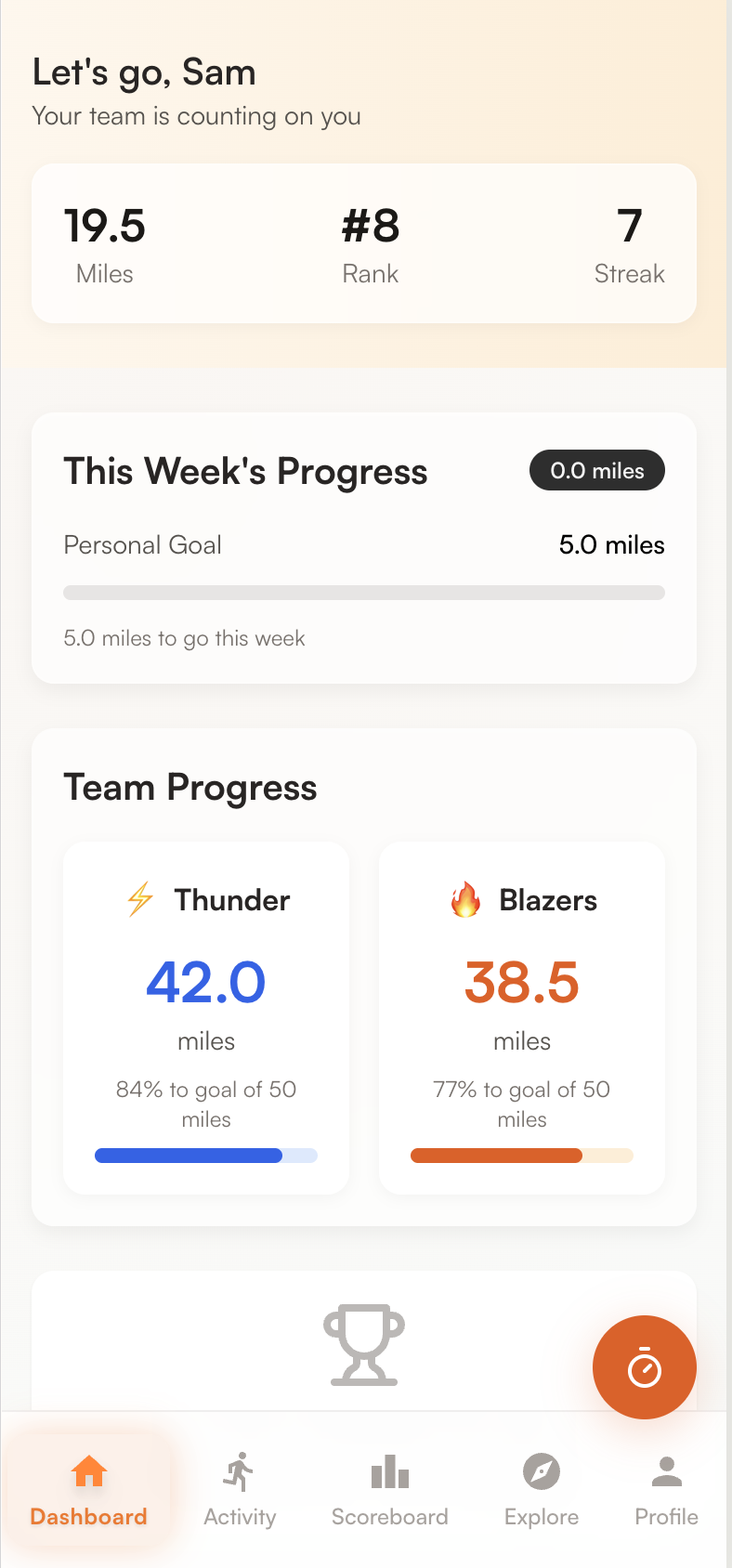

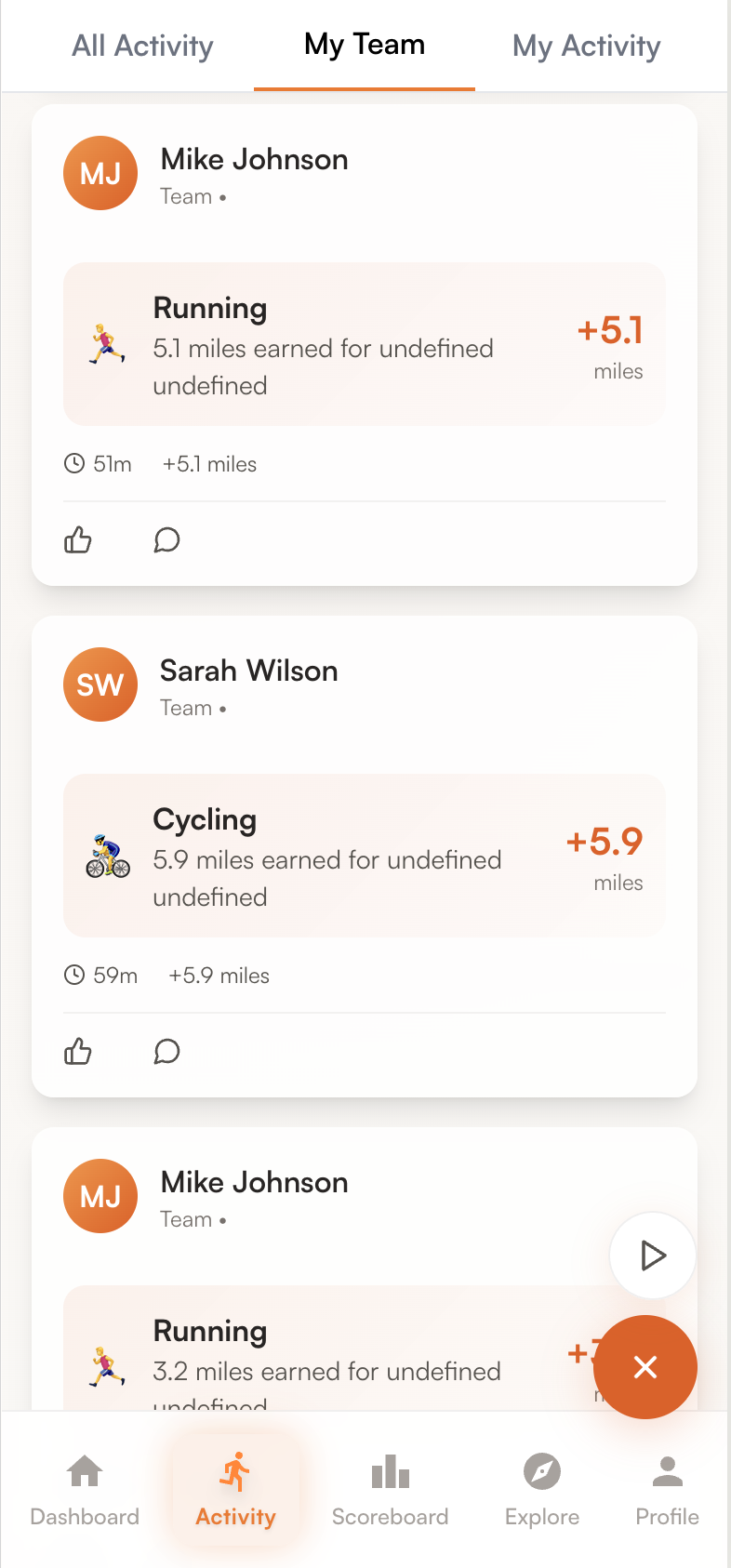
Results
a Scalable Wellness Platform
Tandem increased cross-team interaction and morale, as reported in participant feedback. The project proved that a behavior-first approach can sustain engagement without budget, prizes, or new software.
It demonstrated the viability of low-cost, modular wellness challenges that can be replicated across future initiatives. I also built a functional MVP in Replit using a lightweight stack to handle activity logging, team scoring, and progress tracking.
It demonstrated the viability of low-cost, modular wellness challenges that can be replicated across future initiatives. I also built a functional MVP in Replit using a lightweight stack to handle activity logging, team scoring, and progress tracking.
30% adoption rate across the company within the first challenge.
8,790 miles logged collectively by participants.
80% satisfaction rating from post-challenge survey.
This project showed me how thoughtful product design can drive measurable culture change even without resources, and how behavior-first systems can open doors to scalable, AI-powered wellness solutions.


